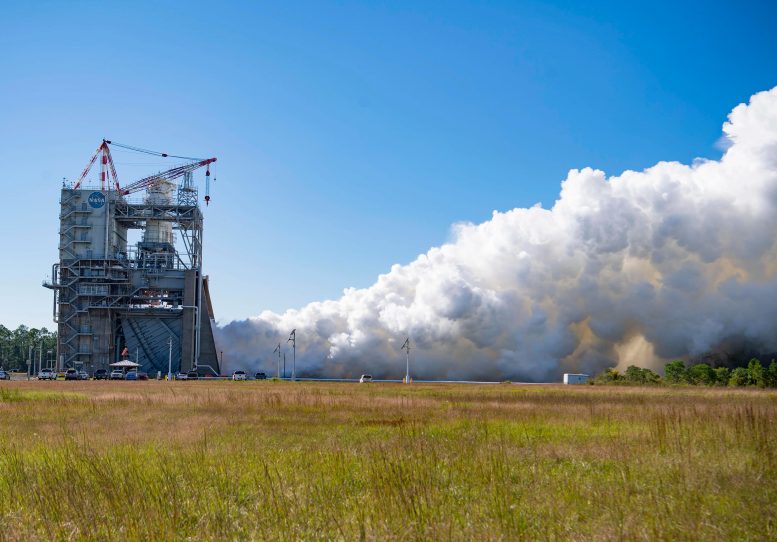
NASA completed a full duration, 550-second hot fire of the RS-25 certification engine on October 17, beginning a critical test series to support future SLS (Space Launch System) missions to deep space as NASA explores the secrets of the universe for the benefit of all. Credit: NASA / Danny Nowlin
NASA conducted the first hot fire of a new RS-25 test series on October 17, beginning the final round of certification testing ahead of production of an updated set of the engines for the SLS (Space Launch System) rocket. The engines will help power future Artemis missions to the Moon and beyond.
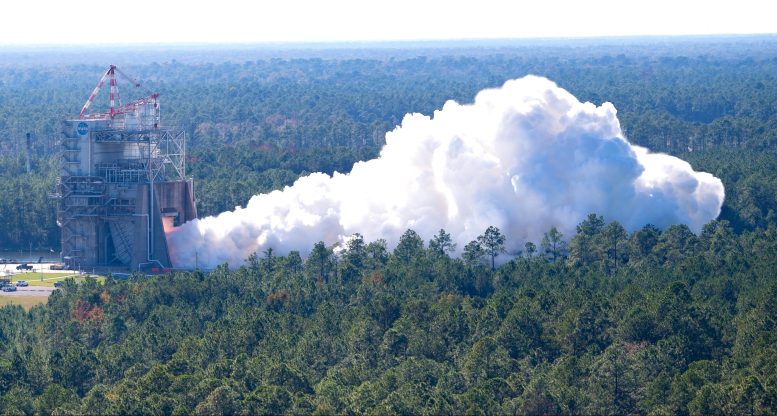
On October 17, NASA initiated its latest RS-25 engine test series, a crucial step for the certification of engines tailored for the Space Launch System (SLS) rocket, destined for future lunar and Mars missions. Credit: NASA / Danny Nowlin
Operators fired the RS-25 engine for more than nine minutes (550 seconds), longer than the 500 seconds engines must fire during an actual mission, on the Fred Haise Test Stand at NASA’s Stennis Space Center, near Bay St. Louis, Mississippi. Operators also fired the engine up to the 111% power level needed during an SLS launch. The hot fire marked the first in a series of 12 tests scheduled to stretch into 2024. The tests are a key step for lead SLS engines contractor Aerojet Rocketdyne, an L3Harris Technologies company, to produce engines that will help power the SLS rocket, beginning with Artemis V.

NASA has begun a new RS-25 engine test series, marking an essential phase in the certification process for the engines that will power the Space Launch System (SLS) rocket for the upcoming Artemis missions. Credit: NASA / Danny Nowlin
The test series will collect data on the performance of several new key engine components, including a nozzle, hydraulic actuators, flex ducts, and turbopumps. The components match design features of those used during the initial certification test series completed at the south Mississippi site in June. Aerojet Rocketdyne is using advanced manufacturing techniques, such as 3D printing, to reduce the cost and time needed to build the new engines. Four RS-25 engines help power SLS at launch, including on its Artemis missions to the Moon.
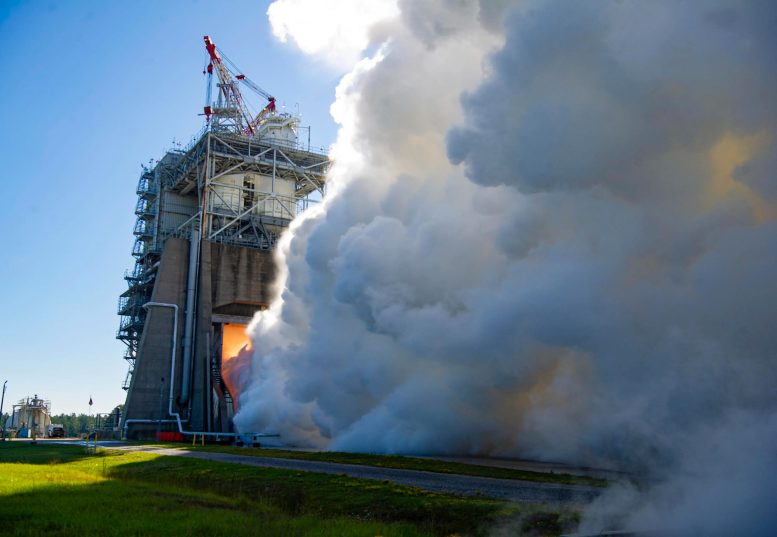
The RS-25 engine, integral for NASA’s Space Launch System (SLS) rocket, underwent its first test in a new series on October 17, as NASA gears up for its Artemis missions to the Moon and beyond. Credit: NASA / Danny Nowlin
The Space Launch System (SLS) is NASA’s state-of-the-art rocket system, engineered to carry astronauts and essential payloads on the agency’s deep-space exploration missions, including trips to the Moon and Mars. As the backbone of NASA’s Artemis program, the SLS is designed to evolve into different configurations to meet an array of mission demands, making it the most powerful rocket ever built.
Its primary objective is to support NASA’s broader goals of reestablishing human lunar presence and eventually sending astronauts to Mars. As a versatile heavy-lift launch vehicle, the SLS will work in tandem with the Orion spacecraft to facilitate these ambitious space exploration endeavors, enhancing the boundaries of human reach in space.
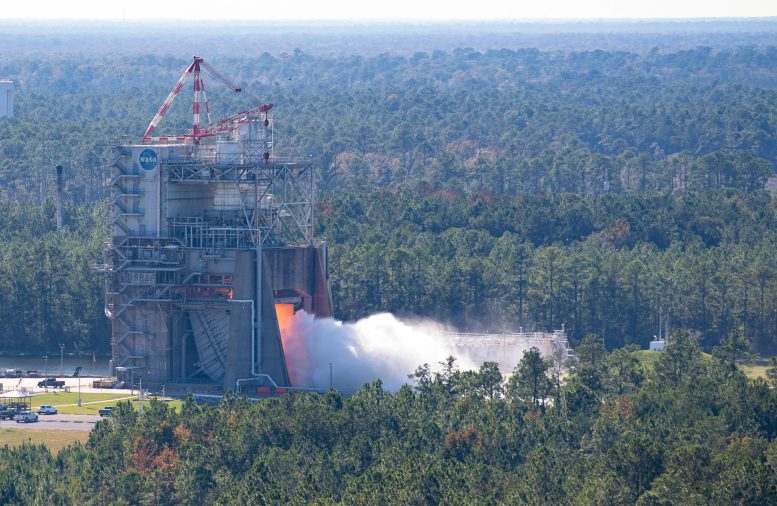
Setting the stage for future lunar expeditions, NASA has kicked off its latest RS-25 engine test series for the SLS rocket, with the spotlight on the upcoming Artemis missions. Credit: NASA / Danny Nowlin
NASA’s Artemis program is a groundbreaking initiative aiming to return humans to the Moon and lay the foundation for future crewed missions to Mars. Following in the footsteps of the Apollo missions, Artemis seeks to establish sustainable lunar exploration by 2024 and involves landing the first woman and the next man on the Moon’s South Pole.
Through the program, NASA plans to create a strategic partnership with commercial and international partners, thereby enriching global space exploration efforts. Furthermore, the program is designed to leverage the Gateway lunar orbiter for multiple crewed missions and use the Moon as a testing ground to prepare for the challenges of Martian expeditions.



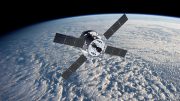
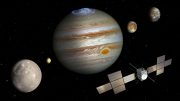

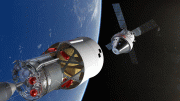
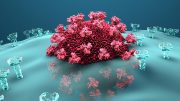

I was wondering how Eco friendly that NASA engine test is to the immediate environment. The area looks like a pristine forest so surely the exhaust heat and fumes would be detrimental. Just asking as the environmental lobby seems dead set on giving Space X uphill about the Starships environmental impact. These environmentalists must practice what they preach or at lest be fair and consistent.